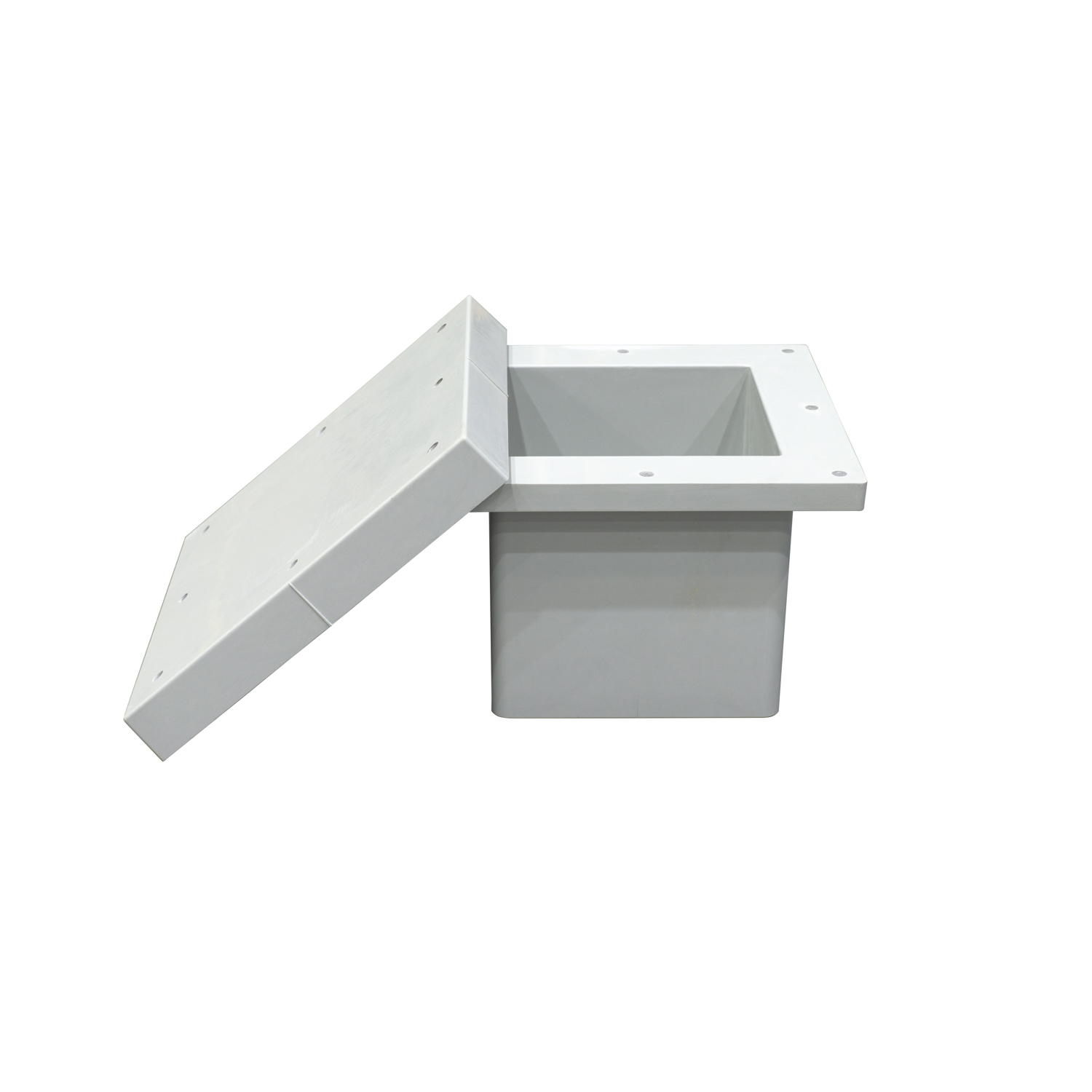Views: 0 Author: Site Editor Publish Time: 2024-05-22 Origin: Site









SMC molding has emerged as a game-changer in the architectural industry, revolutionizing the way design and performance are elevated in architectural components. With its numerous advantages, SMC molding offers a cutting-edge solution that caters to the ever-evolving needs of modern architecture. In this article, we will explore the advantages of SMC molding for architectural components and delve into the wide range of applications where this innovative technique has found its place. From enhancing structural integrity to enabling intricate designs, SMC molding proves to be a versatile and reliable choice for architects and designers seeking to push the boundaries of creativity and functionality. Join us as we delve into the world of SMC molding and discover how it is reshaping the architectural landscape.
SMC molding, also known as sheet molding compression, is a highly advantageous process for creating architectural components. This innovative technique involves using a combination of fiberglass and resin to produce high-quality, durable, and lightweight products that are ideal for various architectural applications.
One of the main advantages of SMC molding is its exceptional strength-to-weight ratio. The use of fiberglass in the molding process provides excellent structural integrity, allowing architects to design and construct components that can withstand heavy loads and extreme weather conditions. Whether it is for building facades, roofing systems, or decorative elements, SMC molding ensures the longevity and reliability of architectural components.
In addition to its strength, SMC molding offers unparalleled design flexibility. Architects can create intricate and complex shapes with ease, thanks to the moldability of the SMC material. This opens up a world of possibilities for architects, allowing them to explore innovative designs and push the boundaries of architectural aesthetics. Furthermore, SMC molding allows for the incorporation of various textures and finishes, giving architects the freedom to achieve their desired visual and tactile effects.
Another advantage of SMC molding for architectural components is its cost-effectiveness. The use of fiberglass in the manufacturing process reduces material wastage and lowers production costs compared to traditional methods. Additionally, SMC molding requires minimal post-processing, which further contributes to cost savings. This makes SMC molding a viable option for architects working within budget constraints without compromising on quality or design.
Furthermore, SMC molding offers excellent resistance to corrosion, chemicals, and UV radiation. This makes architectural components manufactured through SMC molding highly durable and long-lasting, even in harsh environmental conditions. Architects can rely on SMC-molded components to maintain their structural integrity and aesthetic appeal for years to come, reducing the need for frequent maintenance or replacement.
SMC molding, also known as Sheet Molding Compound molding, is a widely used process in the manufacturing of architectural components. This innovative technique involves the compression molding of a reinforced thermoset material, commonly made of fiberglass and resins. With its numerous advantages, SMC molding has become a popular choice for architects and designers in the construction industry.
One of the main applications of SMC molding in architectural components is the production of decorative panels. These panels are not only aesthetically pleasing but also offer excellent durability and weather resistance. Whether it's for exterior cladding or interior wall coverings, SMC molded panels can enhance the overall appearance of a building while providing long-lasting performance.
In addition to decorative panels, SMC molding is also used in the creation of structural components. These components play a vital role in ensuring the stability and strength of a structure. SMC molded structural elements, such as beams, columns, and trusses, offer high load-bearing capacity and dimensional stability. They can withstand heavy loads and provide the necessary support for various architectural designs.
Another significant application of SMC molding in architectural components is in the production of doors and windows. SMC molded doors and windows offer exceptional thermal insulation properties, contributing to energy efficiency in buildings. Moreover, these components are highly resistant to moisture, corrosion, and UV radiation, making them suitable for both interior and exterior applications.
SMC molding also finds its application in the manufacturing of roofing systems. SMC molded roof tiles and panels are lightweight yet durable, providing excellent protection against harsh weather conditions. Their high strength-to-weight ratio makes them easy to install and reduces the structural load on the building. Furthermore, SMC molded roofing components offer superior fire resistance properties, ensuring the safety of the structure and its occupants.
SMC molding is a preferred choice for architects and designers due to its versatility, durability, and aesthetic appeal. It offers numerous advantages in terms of performance and sustainability for various architectural components such as decorative panels, structural elements, doors and windows, and roofing systems. SMC molding provides an excellent strength-to-weight ratio, design flexibility, cost-effectiveness, and durability. It allows architects to create stunning and functional architectural components that withstand the test of time. Incorporating SMC molding in architectural projects can result in visually appealing, functional, and long-lasting buildings, making it an efficient and effective solution for all architectural needs.
+86 13913647707 / 13915651436


